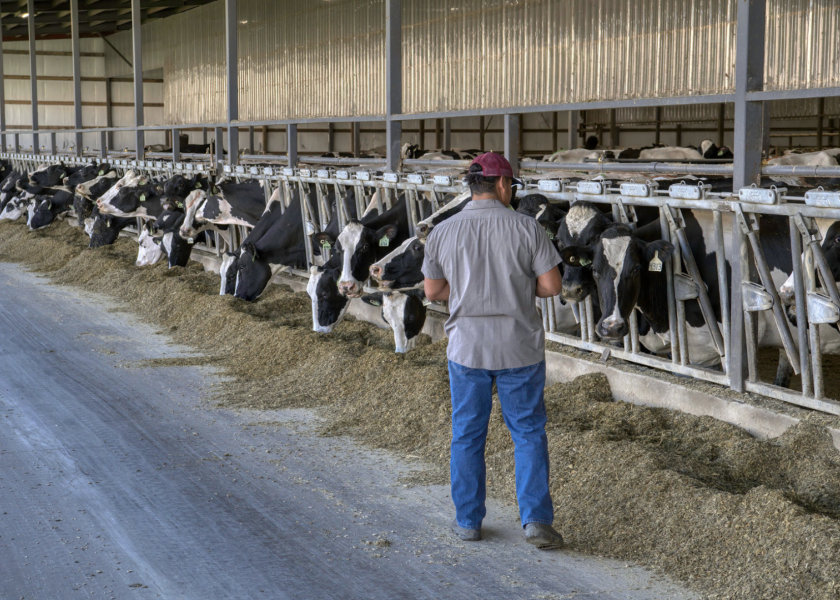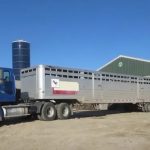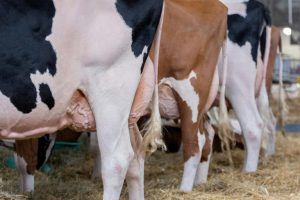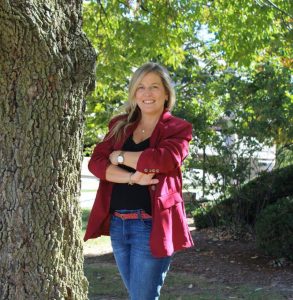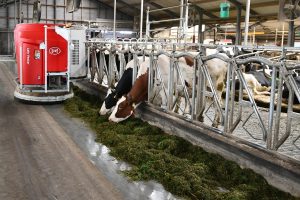
If you’re having a bad day, your cows probably know it.
In a recent episode of the I-29 Moo University dairy podcast, “How Human Behavior Affects Cow Behavior and Welfare,” Dr. Amber Adams Progar explained the connection. Progar, Dairy Management Specialist at Washington State University, said farmers are often reluctant to discuss their personal mental health and well-being.
But she said it often gets farmers’ attention when she says, “Your well-being affects more than you and your family and your employees. It also affects your animals.”
Progar cited a 2019 study from Norway that examined the mental well-being of the people managing more than 900 dairy farms, and the performance of their animals. The study observed human factors like stress level, loneliness, fear, and sadness, and correlated them with an animal welfare index that incorporated factors like herd longevity, fertility, and health.
“Farmers who were doing well from a well-being and stress standpoint, their animals were doing better, too,” she shared. “It was an interesting look at helping farmers make that connection of, ‘It’s a win-win if I take better care of myself.’”
Progar noted cows are incredibly intelligent, and can remember stressful people and settings. If they’ve had a negative experience with a particular individual, they will avoid that person. She cited the milking parlor as another common site of distress.
“If you think about cows going in the parlor, you’ve invested in every drop of milk that’s in that udder,” she noted. “If something happens that startles that cow and puts her into distress, you’re not going to get every drop. It can take at least 20 minutes after that negative response for cows to calm down and return to full milk let-down and you’ve just lost money.”
Podcast co-host Dr. Jim Salfer, Dairy Extension Educator at the University of Minnesota, recalled a case in which a herd manager thought they had stray voltage. Cows were kicking frequently and reluctant to enter the parlor. The actual culprit: a cane that the milkers were using to guide cows as they entered. While the action was not malicious and the cane was used to merely poke the cows, the animals couldn’t see what was happening and could only feel the random pokes, which incited fear in them.
Other human-animal interaction examples discussed on the podcast were:
· The preferred way of moving cattle is with human body placement at correct points of balance, minus noise or physical touch. Progar said if more stimulus is needed, noise should be added first, and then physical touch to push – but not strike — if necessary.
· Remember that cows cannot see directly in front or behind them, so you should never walk directly behind a cow. Students and new employees may not possess this common knowledge.
· The vision of young, preweaned calves is not fully developed yet, so they require even more cautious awareness when approaching them, so they are not startled or stressed. Stress causes calves to divert energy from growth and immune function.
· Cows’ normal walking speed is about half that of a human. If you are moving cows at your normal pace, they feel as if they are being chased. Because cattle are a prey species, their natural reaction to this fast movement is fear.
Despite the long list of work required on every dairy every day, Progar also cautioned against rushing when working around cattle. “Rushed work is not safe work, and it’s not very efficient,” she declared.
“Everyone’s well-being is important, including your cattle. For many people, working with cattle is actually therapeutic and relaxing,” Progar added. “Let’s keep it a win-win environment for both humans and the animals by taking care of ourselves so we can take good care of the animals.”
You can now read the most important #news on #eDairyNews #Whatsapp channels!!!
🇺🇸 eDairy News INGLÊS: https://whatsapp.com/channel/0029VaKsjzGDTkJyIN6hcP1K
